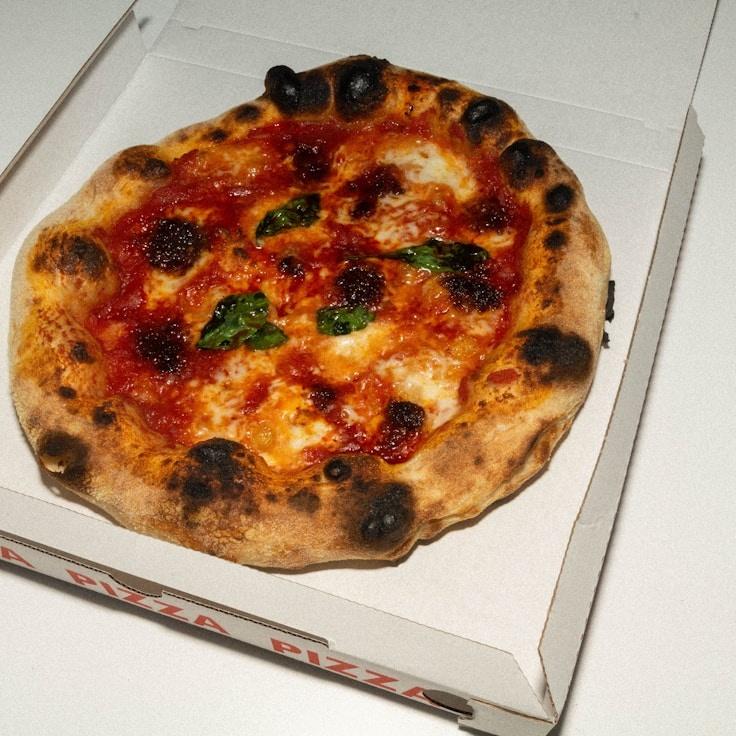Here at MellowStreamGlade, our philosophy is that an extraordinary pizza begins with an extraordinary foundation— the dough itself. Having honed our recipe over a span of more than 30 years, we're delighted to impart some key tips with our audience. Despite keeping our precise blend private (as some customs should remain unspoken!), these guides will assist you in creating a pizza dough of professional standards at your dwelling.
Choosing the Right Flour
Superior pizza dough demands premium grade flour. We suggest opting for 00 flour, an ultra-fine Italian variety, with a moderate protein level (approximately 12%), offering an ideal mix of robustness and pliability. If 00 flour eludes you, consider bread flour as an alternative; although the dough's texture may vary slightly.
Water's Temperature and Its Hydration Role
The temperature of your water is a critical component that influences fermentation duration and the dough's maturity. Use cold water, about 45°F (7°C), for extended fermentation (yielding enhanced taste), or lukewarm water, close to 85°F (29°C), for a swifter process. Aim for a hydration ratio of water to flour within 60-70%—suitable for typical home ovens.
A Less Yeast Philosophy
A vital secret to a deeply flavorful dough lies in minimal yeast usage, coupled with prolonged fermentation. We utilize a meager 0.2% fresh yeast in relation to our flour quantity, allowing for a 24-48 hour fermentation. This gradual approach nurtures complex aromas and produces a dough that's more digestible.
Salt's Role Beyond Seasoning
Salt's functions extend beyond mere flavoring—it fortifies the gluten network and moderates fermentation. Our recommendation is fine sea salt at a rate of 2.5-3% of your flour's weight. Integrate it once the flour and water have begun amalgamating, preventing it from directly engaging with the yeast.
The Fermentation Craft
Subsequent to blending, permit your dough to undergo a primary fermentation at ambient temperature for a couple of hours, then segment into distinct dough portions. Stow these in covered receptacles and refrigerate for 24-72 hours. During this chilled fermentation stage, enzymatic actions decompose starch into sugars, giving rise to both the depth of flavor and the crust's appealing browning.
Gentle Dough Management
Prior to commencing your pizza crafting, extract the dough from your refrigerator roughly 1-2 hours in advance to let it acclimatize. When manipulating the dough, remain tender to retain the gas bubbles formed. Rather than resorting to a rolling pin, employ your fingertips for pressing and stretching to preserve the air pockets.
Applying the Final Surge of Heat
Notwithstanding our wood-fueled ovens reaching soaring temperatures of 850°F (454°C), a typical home oven usually peaks at about 550°F (288°C). Mitigate this by utilizing a preheated pizza stone or steel for at least 60 minutes, delivering the intense bottom heat crucial for a crispy exterior and a fluffy inside.
The path to perfecting pizza dough is iterative. Every preparation serves as a lesson about the craft. Note your observations, tweak parameters, and ascertain the optimal approach for your home kitchen.
For an in-depth insight into our dough-preparation method, attend one of our monthly pizza seminars where Chef Anthony demonstrates these skills thoroughly. To find out more, see our list of scheduled events!

